Few topics split backyard naturalists like bird houses. Some folks swear their bluebird house is biodiversity’s best friend; others worry we’re meddling – creating predator magnets, disease hubs, or tiny ovens in July. So let’s zoom out, sift through the evidence, and – like a good wren – keep things tidy.

The upside: when bird houses really help
Bluebirds, wood ducks, martins – receipts, please
Cavity nesters lose homes when old trees and snags disappear. That’s where bird houses shine. The Eastern Bluebird’s famous comeback in the late 20th century rode on the shoulders of thousands of well-managed “bluebird trails” and a new conservation movement dedicated to getting the specs right.
Wood Ducks? Once hammered by habitat loss and market hunting, they rebounded in part because people put up safe nesting structures near wetlands – a conservation classic that continues today.
And Purple Martins in the eastern U.S. are now almost entirely dependent on human-provided housing. In other words, take down the martin houses and gourds, and in many places the colony goes with them.
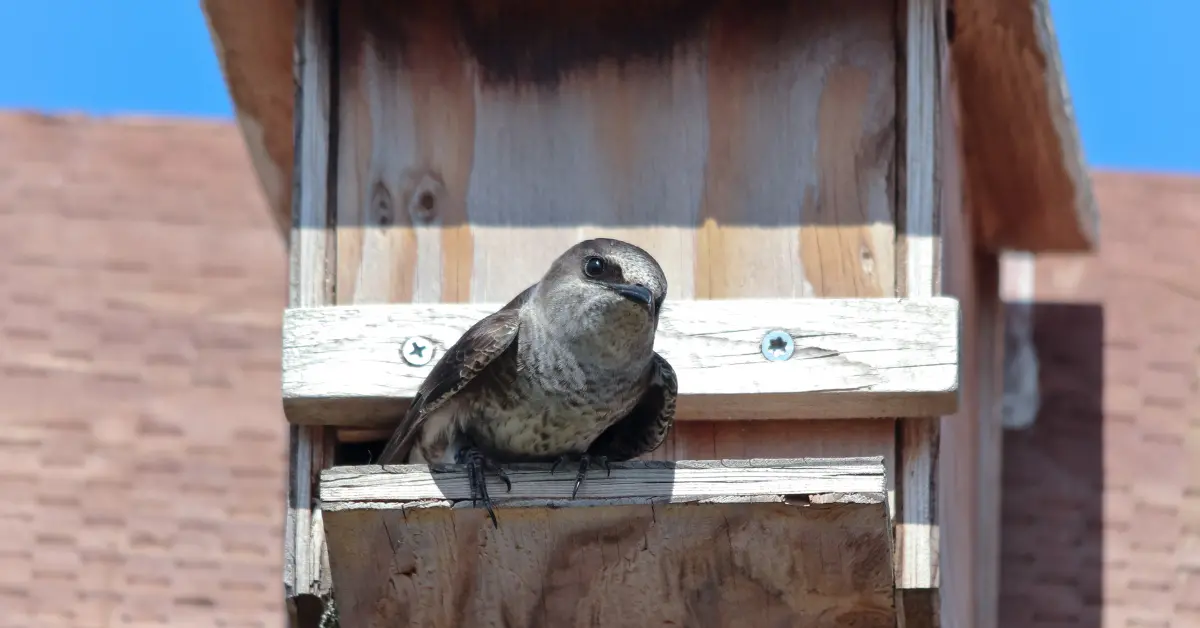
Bird houses can boost local breeding
Across forests and working lands, well-placed bird houses can increase breeding opportunities for insect-eaters (think: pest control with wings) and help researchers monitor populations like the American Kestrel. The long-running kestrel bird house networks across the U.S. are a key data source while we figure out why the species is slipping in some regions.
The downside: when our help backfires
Predation and “ecological traps”
A bird house is only as safe as its mount. Put one on a tree without a baffle and you might as well hang a neon “Raccoon Diner” sign. Predator guards and pole mounting meaningfully improve nest success compared to unguarded bird houses; tree mounts are generally discouraged.
Then there’s the subtler problem: ecological traps. Birds can be lured to attractive bird houses in poor habitat or into microclimates that look fine to us but lower chick survival. Reviews flag higher maximum temperatures and less stable microclimates in many bird houses versus natural cavities – an emerging risk in hotter summers.
Heat: the tiny-oven problem
In heat waves, interior bird house temps can exceed lethal thresholds for nestlings. Orientation, shade, wall thickness, ventilation, and even insulated designs matter; south or east exposure warms differently by humidity and season. Translation: the “where” and “how” of your bird house can be the difference between thriving and frying.
Competition, disease, and the usual suspects
Bird houses don’t come with bouncers. House Sparrows and European Starlings (non-native and not protected by federal law) aggressively seize cavities and can harm native nesters; active management is often required. Poorly maintained bird houses can also harbor parasites and pathogens – especially when old nests are left to moulder.

The law (U.S. edition): what you can and can’t do
Under the Migratory Bird Treaty Act (MBTA), it’s illegal to harm native birds, their active nests, or eggs without a permit. There are exceptions for certain non-native species (e.g., House Sparrow, European Starling, Rock Pigeon). If you monitor bird houses, know the rules before you touch anything.
So…help or interfere?
Both. Bird houses are powerful tools that can either bolster conservation – or accidentally stack the deck against the very birds we’re trying to help. Success lives in the details: species-appropriate designs, smart placement, predator proofing, cleanliness, and – yep – restraint.
Build it right: a practical, U.S.-centric playbook
Right bird, right house, right place

- Match the species. Hole size, floor dimensions, and mounting height aren’t interchangeable. Use reputable plans for your region (Cornell Lab’s NestWatch “Right Bird, Right House” is the gold standard).
- Skip perches. They help predators, not birds. Choose untreated wood, thick walls (~¾”), drainage, cross-ventilation, and an overhanging roof. Make sure one panel opens for monitoring and cleaning.
- Mount on a metal pole with a predator guard, not on a tree. Add a stovepipe or cone baffle; consider a hole guard at the entrance.
Beat the heat (and the cold)
- In hot regions or exposed sites, orient to morning sun and afternoon shade, provide robust ventilation, and consider light-colored or insulated designs if your summers cook. Monitor interior temps during heat waves and add temporary shade if needed.
Keep it clean, keep it ethical
- Clean between broods/years. Remove old nesting material to reduce mites, blowflies, and bacteria; disinfect if disease has occurred. Follow a code of conduct to minimize disturbance (short checks, no loitering, back off in bad weather).
- Watch for invasives. Managing House Sparrows/Starlings is legal and often necessary; never remove eggs of native species (including Brown-headed Cowbirds) without a permit.
Special cases worth celebrating
- Bluebirds: A 1½” entrance keeps starlings out while welcoming Eastern Bluebirds—textbook example of design choices saving a species in suburbia.
- Wood Ducks: Bird houses over water with predator guards and proper wood shavings (no nest material otherwise) continue to bolster local populations.
- Purple Martins: In the East, colonies largely exist because people maintain housing. If you host martins, you’re a conservation partner—keep those rigs managed and predator-proofed.
- Kestrels: Bird house networks supply data and nest sites while we address bigger problems (habitat, prey, climate). Bird houses help, but they’re not a substitute for conserving open country.
Common myths (and quick corrections)

“Any cute house will do.”
Most store-bought “decor” houses are too small, unventilated, or have perches. Choose function over cute. Features matter.
“If birds move in, the habitat must be good.”
Not necessarily. Bird houses can mask poor habitat quality (that ecological-trap problem). Aim to pair houses with native plants, reduced pesticides, and real cover.
“Tree mounts feel natural.”
They’re natural for predators. Poles + baffles win.
Verdict: help – don’t overhelp
Bird houses help nature when we treat them as stewardship tools: designed for the species, sited with care, guarded, ventilated, cleaned, and paired with better habitat. They interfere when they’re decorative afterthoughts, heat traps, predator feeders, or unmanaged sparrow factories.
So build smarter, mount wiser, clean often, and plant that snag-mimicking shrub line while you’re at it. Do that, and a simple cedar bird house becomes what we all want it to be: a tiny wooden vote for wild birds in a human world.

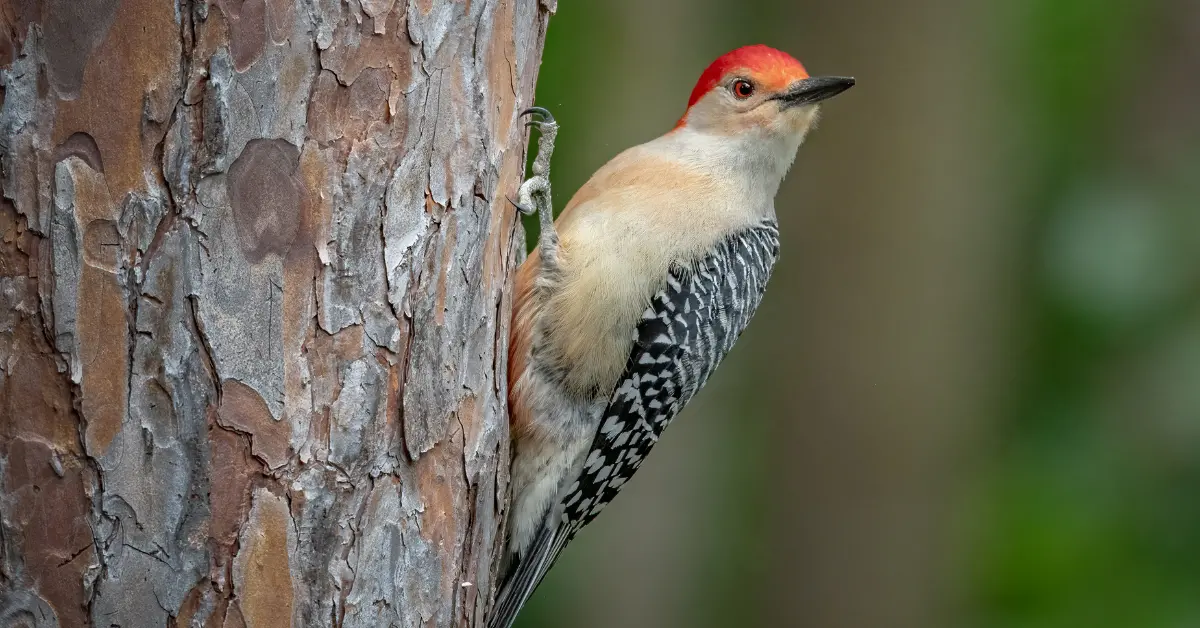
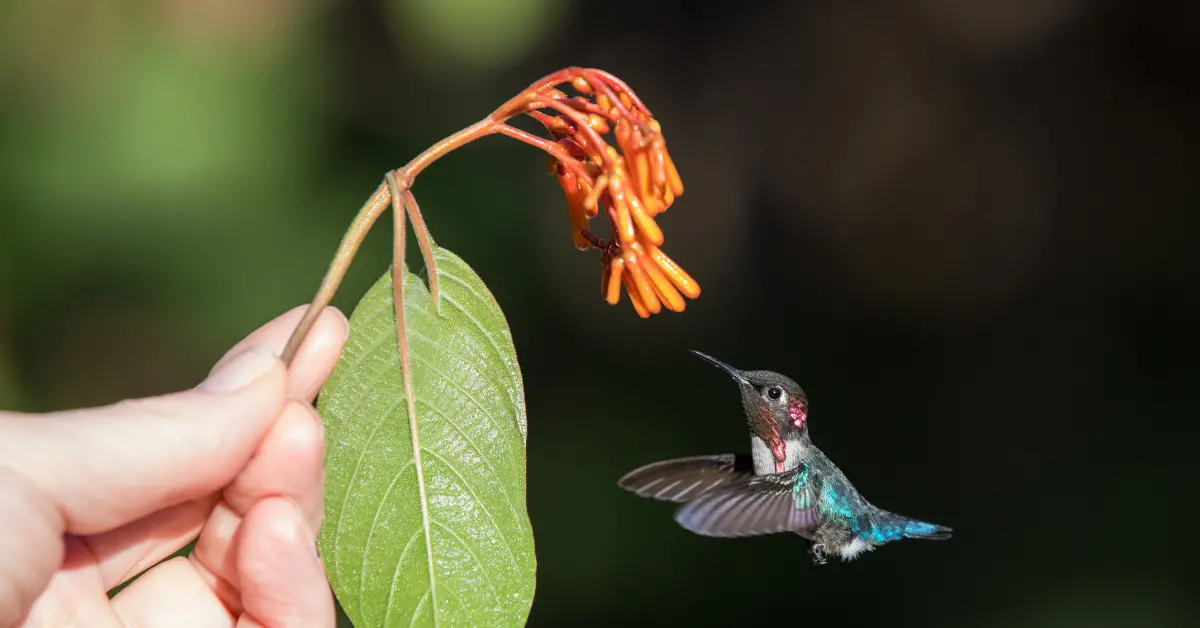
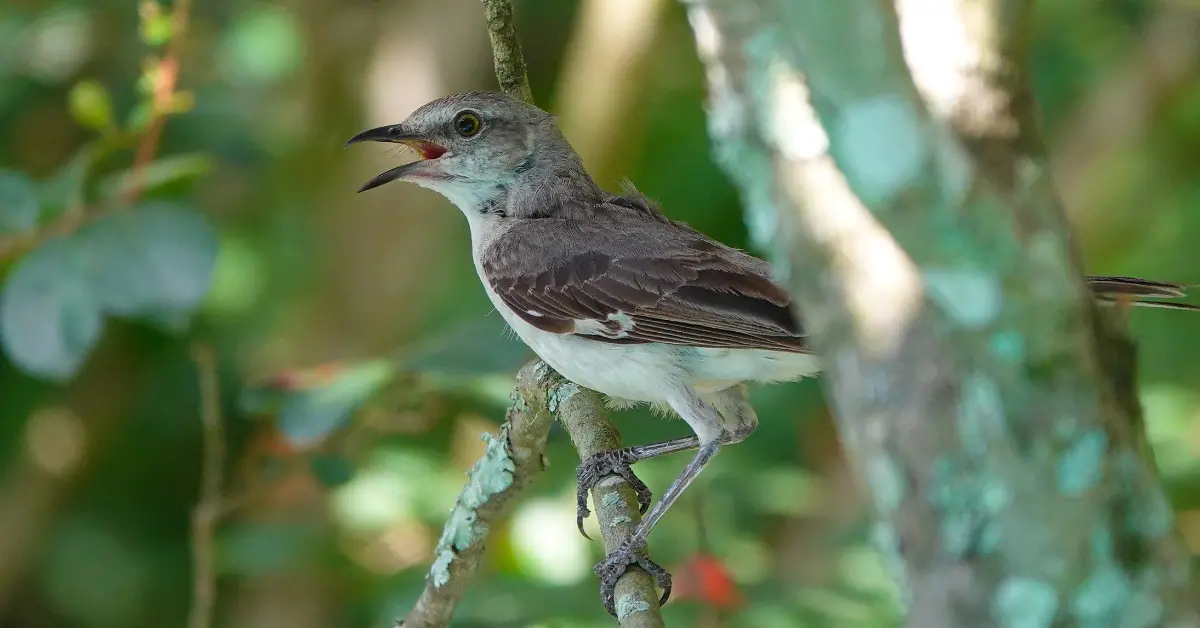

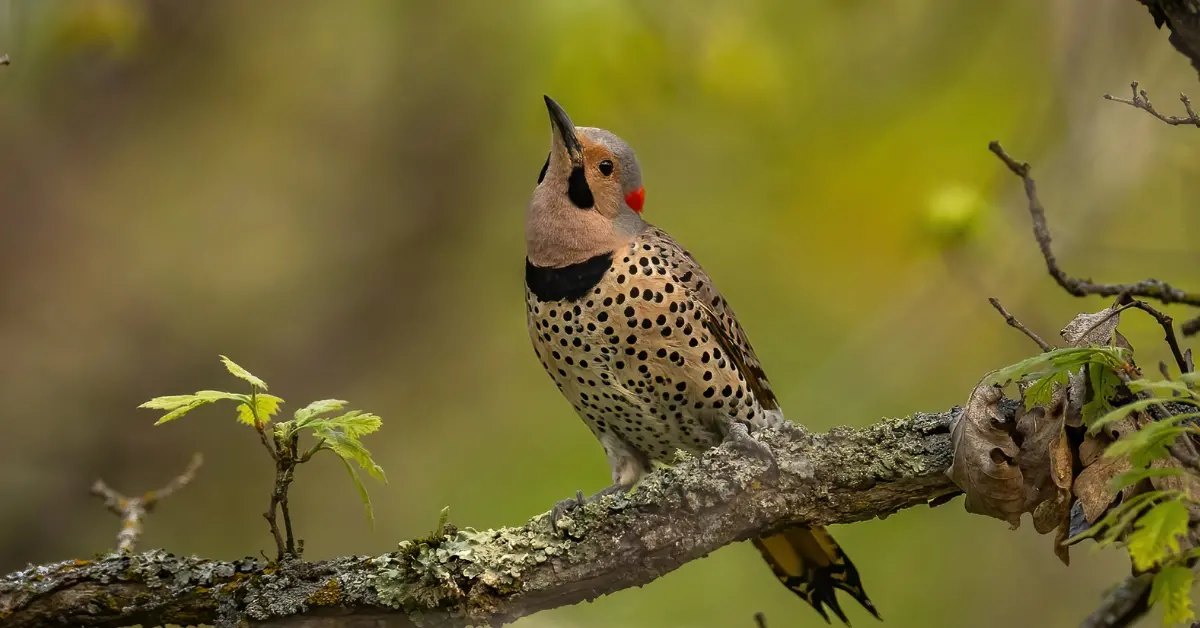
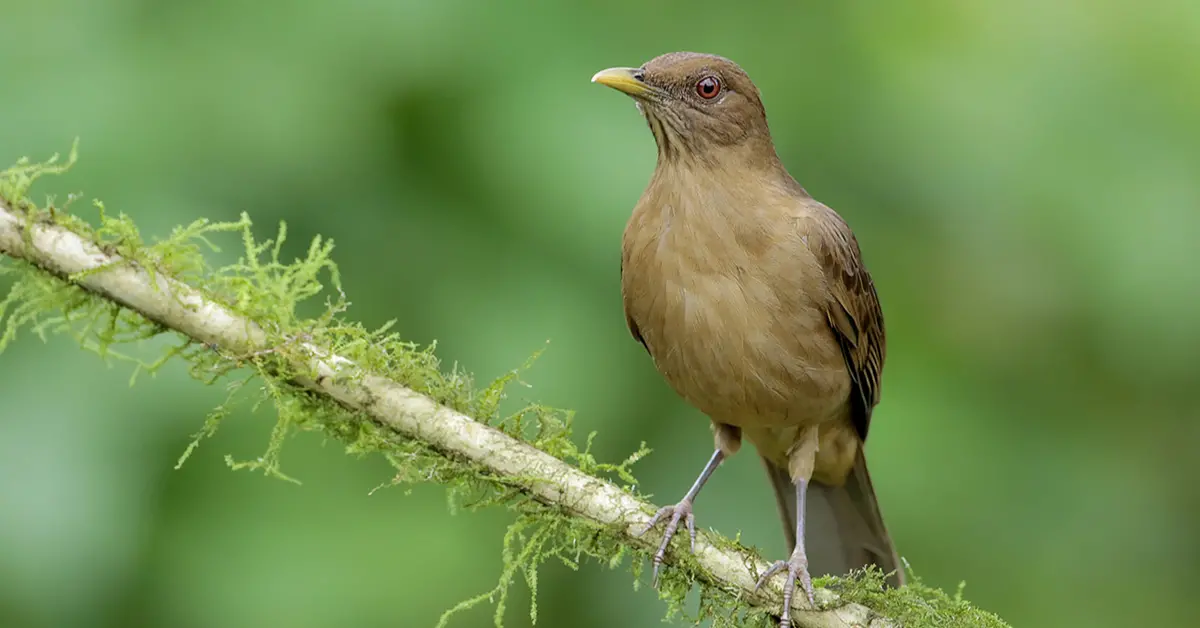
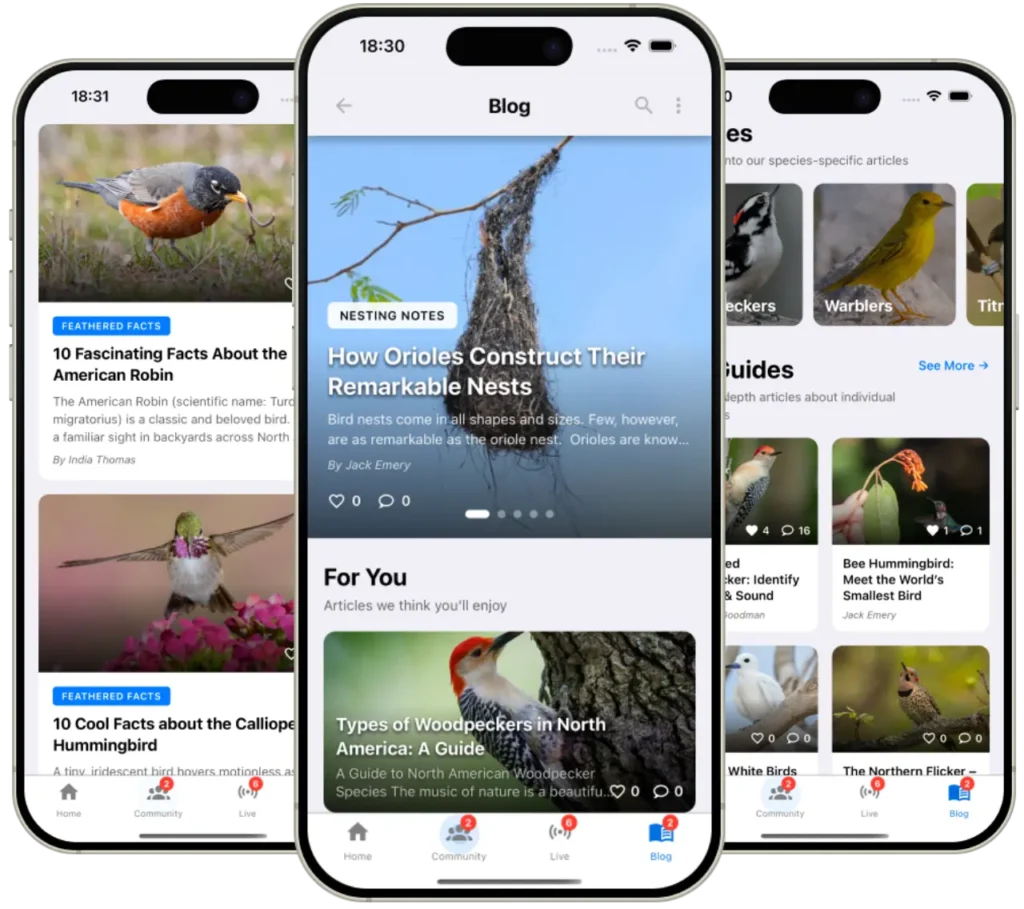
One reply on “Do Bird Houses Help Nature or Interfere with It?”
I live in Central Square, Oswego County, NY. When should I stop feeding the hummingbirds so as not to interfere with their southerly migration schedule??